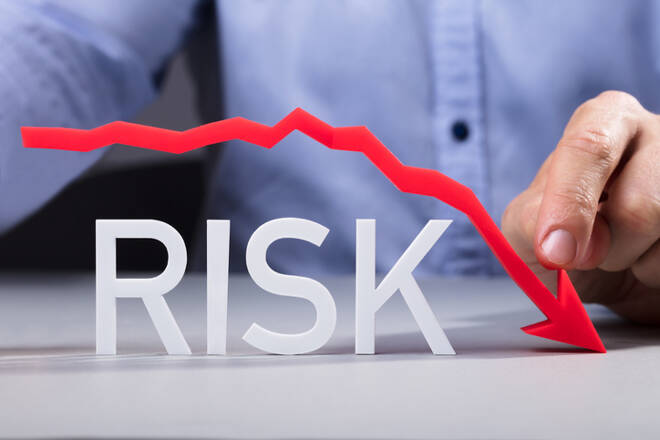Advertisement
Advertisement
More Pain Ahead for US Investors Until Coronavirus Curve Starts Flattening
By:
At this time, we stand by our forecast for a minimum 50% to 61.8% correction of the entire rally from 2009 to 2020. That’s the value area that will start bringing in the real buyers and not just the reactionary buyers.
The major U.S. stock indexes recorded their best weekly performances in 11 years and posted back-to-back gains for the first time in over a month after the Federal Reserve announced open-ended asset purchases and other measures to support the flow of credit to consumer, employers and businesses.
In addition to the Fed bringing out the proverbial bazooka, Congress and the White House reached a deal on an unprecedented $2.2 trillion stimulus package to offset the fallout from the coronavirus outbreak.
Investors responded to the monetary and fiscal stimulus the way they have been trained the last ten years – they bought stocks. Once again they looked beyond the bearish corporate fundamentals and bought blindly because stocks were relatively cheap and the free money was about to flow.
Once again it was the Fed to the rescue with a little help from the government (which investors are already saying is not enough). Although this year’s more than 20% corrections in the major indexes is real, the Fed continued to bailout the stock market. I mean did anyone stop and think that maybe equities were extremely overvalued and due for a correction. After all, the bull market was approaching an 11-year anniversary.
Furthermore, in 2019 the U.S. markets produced no 10% corrections. Why? Because when stocks were selling off in the fall of 2018, President Trump and Wall Street whined about rates being too high. So whenever, stocks looked weak in 2019, the Fed was there to rescue it from a 10% or more correction by slashing interest rates. And they did that three times in the summer.
Just think about it. Where would U.S. interest rates be today if the Fed did not have a cushion to cut rates?
This time around, the Fed’s actions may soften the landing, but they are not going to turn around the stock market. This will not happen until the flattening of the infections curve in new coronavirus cases globally. If the curve continues to accelerate to the upside then stocks are likely to face another wave of heavy selling pressure.
Last Thursday, the Labor Department said that weekly jobless claims revealed a staggering 3.3 million new unemployment claims, up from 282,000 the week prior. The stock market finished up 6.3% for the session.
Some optimists said the rally was fueled by investor belief that this was the worst that conditions would get and with the Fed and government money, a turnaround in the economy was inevitable. This thinking was flawed because it did not take into consideration the coronavirus curve and the possible extension of U.S. lockdowns.
Furthermore, the market likely rallied because investors were already starting to price in another stimulus package from the government. Perhaps this once in the $5 trillion area. Maybe a stimulus package that this time includes more help for homeowners and most importantly the big oil companies, who received nothing from the first deal.
Last week, investors reacted to the stimulus money. This week with the stimulus news out of the way, investors are likely to shift their focus back to the coronavirus numbers, which likely means further downside pressure.
At this time, we stand by our forecast for a minimum 50% to 61.8% correction of the entire rally from 2009 to 2020. That’s the value area that will start bringing in the real buyers and not just the reactionary buyers.
About the Author
James Hyerczykauthor
James is a Florida-based technical analyst, market researcher, educator and trader with 35+ years of experience. He is an expert in the area of patterns, price and time analysis as it applies to futures, Forex, and stocks.
Latest news and analysis
Advertisement
